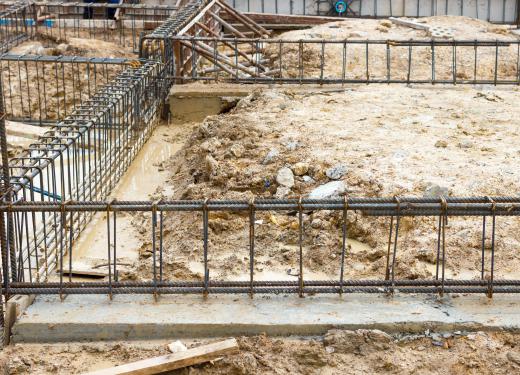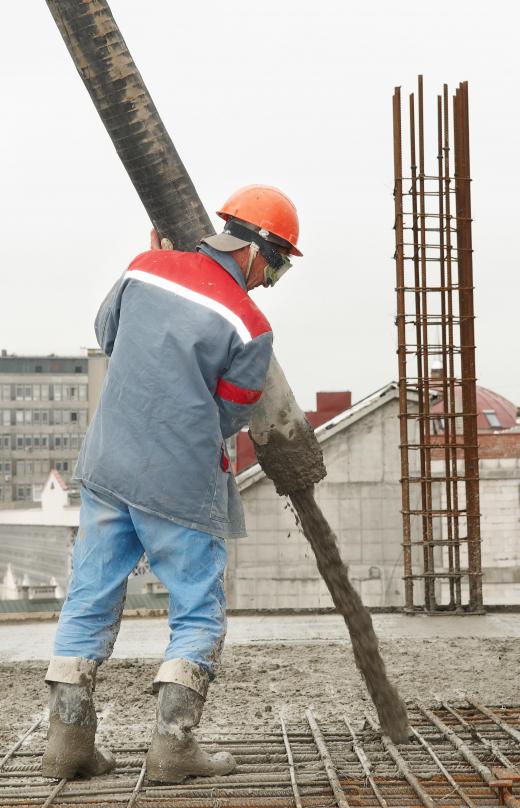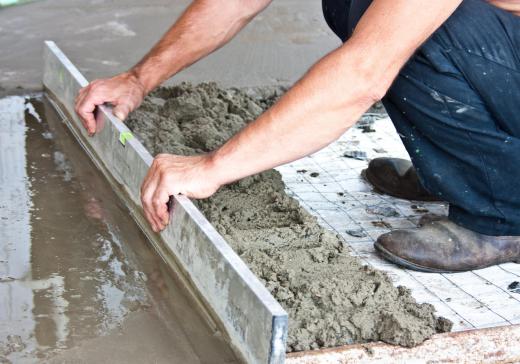A cold joint is an undesirable discontinuity between layers of concrete that occurs when one layer of concrete is allowed to harden before the rest of the concrete is poured in what is meant to be a single, solid mass. The discontinuity occurs between the layers due to the inability of the freshly poured, wet concrete to intermix with and bind properly to the hardened concrete. Such a discontinuity is often the result of logistical issues such as a contractor’s work schedule or an unexpected material shortage.
Problems associated with cold joints range from the relatively minor to the very serious. At the less serious end of the spectrum, a cold joint may result in a visually unappealing discontinuity that is visible on the surface once the concrete has hardened. This kind of aesthetic defect may simply be concealed rather than repaired.

A more serious problem associated with a cold joint is the possibility of moisture intrusion into the concrete section. If water settles in the joint, it may lead to degradation of the concrete under certain environmental conditions. For example, as water expands when it freezes and then contracts when it melts, water trapped in a cold joint may cause cracking or erosion of the material. Moisture may also damage other things beyond the concrete mass if it is able to seep all the way through it.

Additionally, a cold joint is an area of compromised strength. Concrete is notable for its high strength under compression, but it is much weaker under tension. A cold joint is even weaker under tension, and it is susceptible to shearing at the discontinuity.
Whenever possible, these joints should be avoided in concrete construction by completing the entire pour for a given section in one session. This allows the entire section to harden in a continuous, solid mass. If this is not possible, several steps can be taken to mitigate the more serious problems.

Specialized waterproofing joint sealant may be applied to the joint to make it watertight, thereby protecting against potentially damaging moisture intrusion. A special surface preparation may be applied to the hardened layer before applying a fresh layer of concrete. This will strengthen the bond between the two layers. Another way to increase the strength of the cold joint is to insert reinforcing bar, or rebar, into the first layer before pouring the next layer. This will better help tie them together and increase the tensile strength of the joint. It is also sometimes possible to locate the weakened joint in an area that is not critical to supporting a large load.
